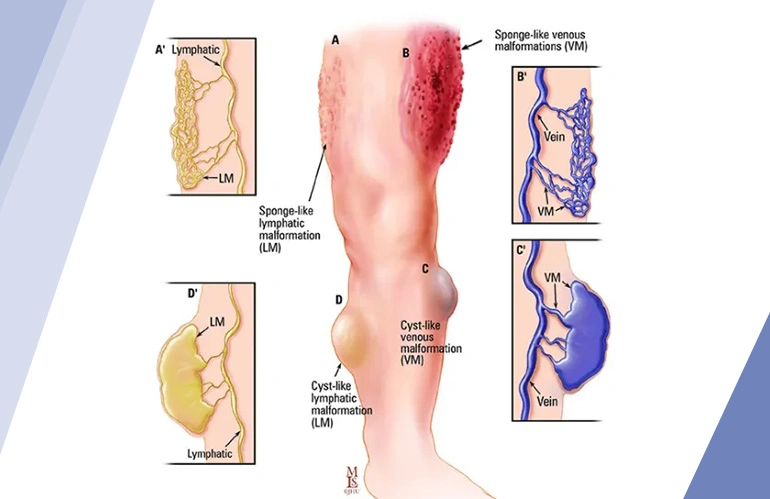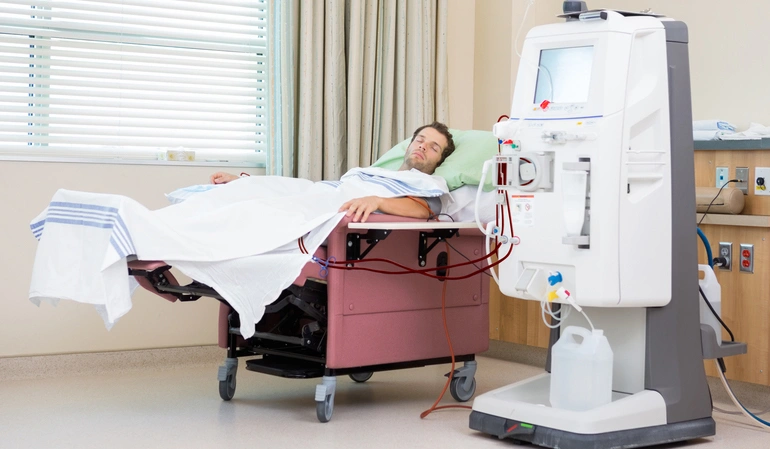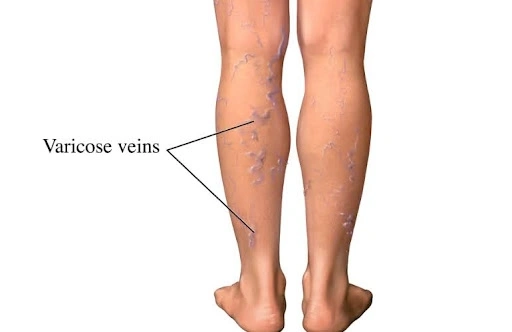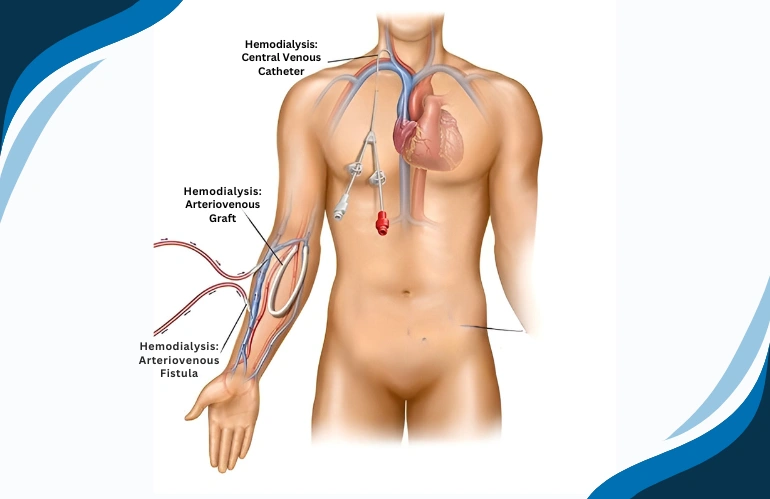Peripheral arterial occlusive disease
Understanding Peripheral Arterial Occlusive Disease
Peripheral arterial occlusive disease (PAOD) refers to blockages in the arteries, usually of the lower limbs. Arteries are part of the vascular system and tubular structures that carry oxygenated blood from the heart to various parts of the body. Any narrowing or obstruction of the artery supplying that part of the body will deprive the organ of oxygenated blood, resulting in symptoms related to its functioning. For example, if arteries to the heart are blocked, one can get chest pain, angina or heart attack. Similarly, if blood supply to the brain is compromised, one gets a minor or major stroke.
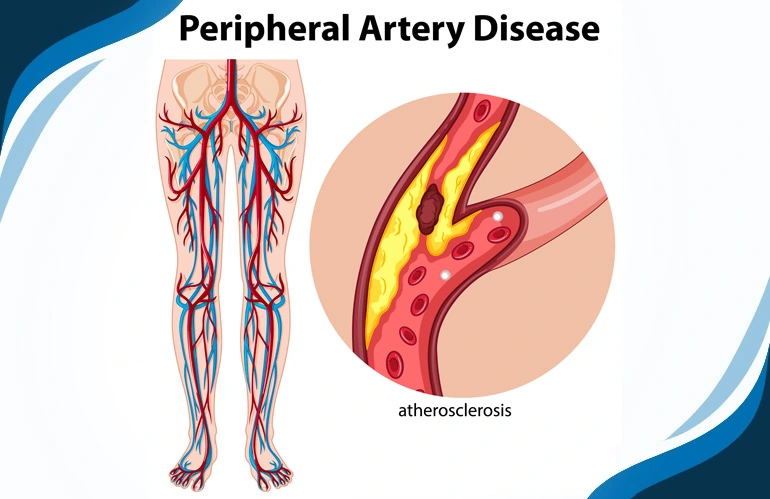
Blockages of the arteries to the lower limbs is what we call PAOD, and it has three stages:
1. Asymptomatic: A person has mild disease and no symptoms. This can be picked up by a doctor on clinical examination by checking the pulses on the feet. Feeble or absent pulses indicate presence of PAOD, even in the absence of symptoms. It is important to recognize this stage since preventive measures can be used to not only arrest the progress of PAOD to the next stages, but also to improve cardiovascular health and reduce risk of stroke and heart attack. Certainly, “A stitch in time, saves nine.
2. Claudication The name of this symptom is derived from the name of a Roman Emperor, Claudius, who used to limp. This symptom refers to pain in the lower limbs on walking. It could affect the calf muscles, thighs or buttocks, depending on at what level the arterial blockages are. The pain appears on walking and is relieved by stopping. It is again very important to recognize this symptom since most patients can be managed with medication and exercise, not only to improve their pain-free walking but also to improve cardiovascular health and to minimise the risk of progression to the next stage of PAOD.
3. Critical or Chronic Limb Threatening Ischemia:As the name suggests, this is a critical leg at high risk of limb loss or amputation. Such patients have severe PAOD with blockages in arteries at multiple levels. They often visit the Vascular Surgeon because of pain in the foot that does not allow them to sleep or requires painkillers daily, presence of ulcer on the foot or leg and presence of toe gangrene. Such patients typically need urgent angiography and revascularization along with medication to improve their cardiovascular health.
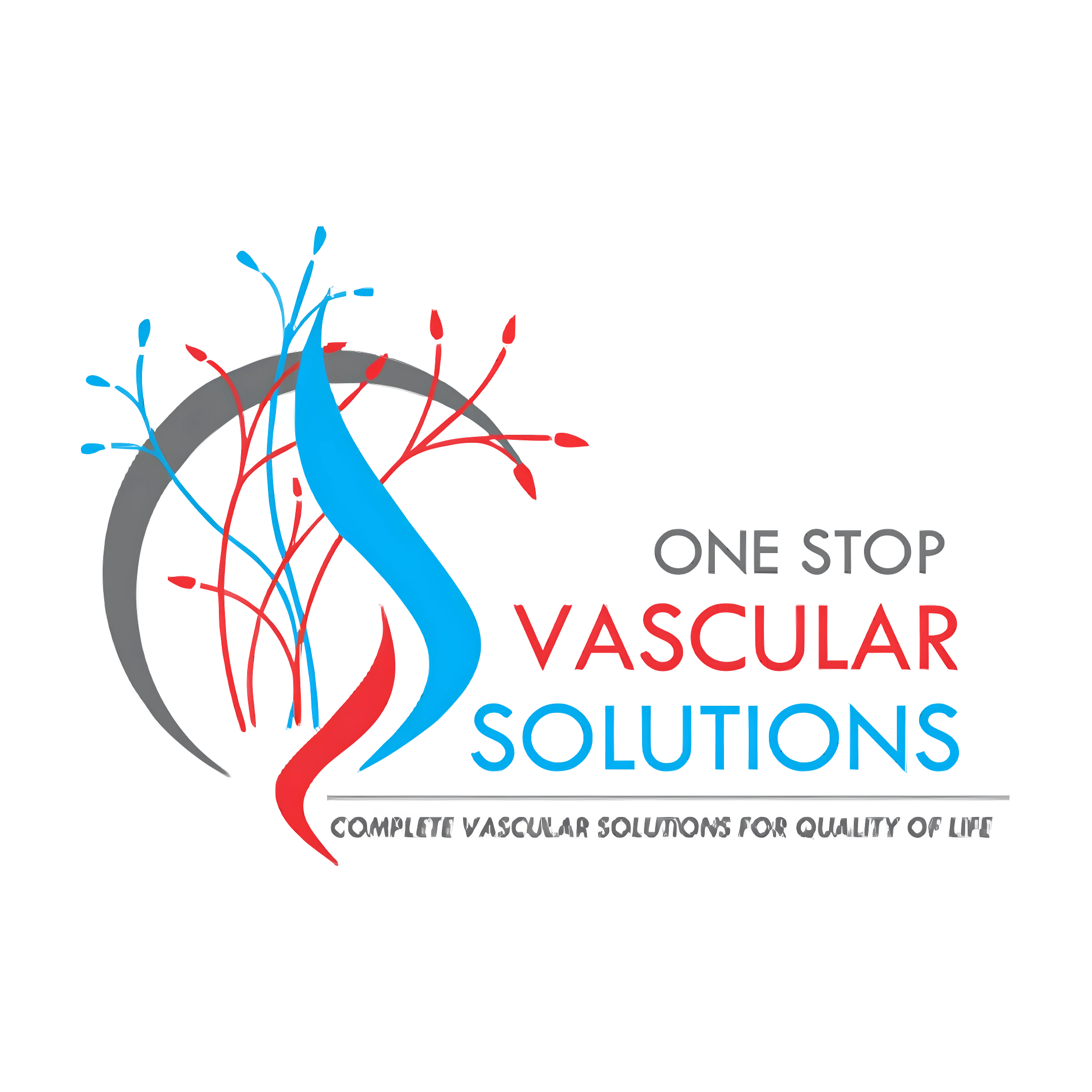




.webp)
